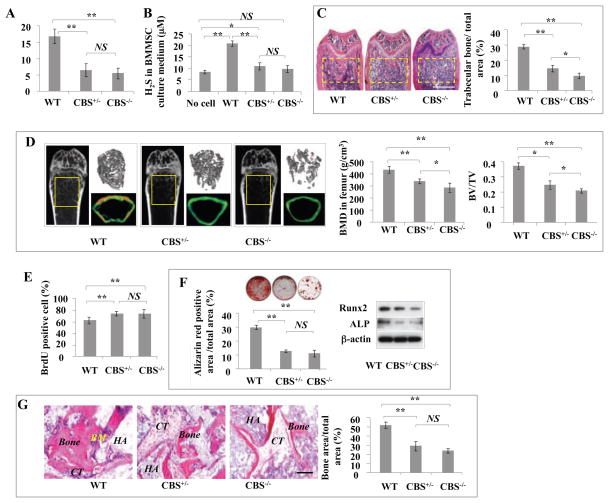Figure 2. H2S-deficient mice showed osteopenia phenotype and BMMSC impairment.
(A) Serum H2S levels decreased by almost half in CBS+/− mice compared with control C57BL6 mice (WT). Although serum H2S levels in CBS−/− mice were lower than in CBS+/− mice, no significant difference was observed between CBS+/− and CBS−/− mice. (B) H2S levels in the culture supernatant of CBS+/− and CBS−/− BMMSCs showed a reduction to half that of the normal BMMSC group (WT). No cell: background control. (C) Femur trabecular bone volume in 66.6% of CBS+/− mice and all CBS−/− mice was significantly reduced (yellow square) in comparison to C57BL6 mice (WT), as evaluated by H&E staining analysis. (D) Osteopenia phenotype was confirmed in CBS+/− and CBS−/− mice by microQCT analysis. CBS+/− and CBS−/− mice showed significantly reduced bone mineral density (BMD) and bone volume/tissue volume (BV/TV) compared to C57BL6 mice (WT). (E) BrdU labeling assay showed that CBS+/− and CBS−/− BMMSCs had increased proliferation rates when compared to normal BMMSCs (WT). (F) When cultured under osteogenic inductive conditions, CBS+/− and CBS−/− BMMSCs showed reduced capacities to form mineralized nodules (evaluated by alizarin red staining) and express osteogenic markers Runx2 and ALP (evaluated by Western blotting). (G) When BMMSCs were subcutaneously implanted into immunocompromised mice using hydroxyapatite tricalcium phosphate (HA/TCP; HA) as a carrier, new bone regeneration was reduced in CBS+/− and CBS−/− BMMSC implants compared to normal BMMSC implants (WT). CT: connective tissue. *P<0.05, **P< 0.01, scale bar: 1000 μm (C), 200 μm (G). Experiments were repeated three times. See also Figure S2.

